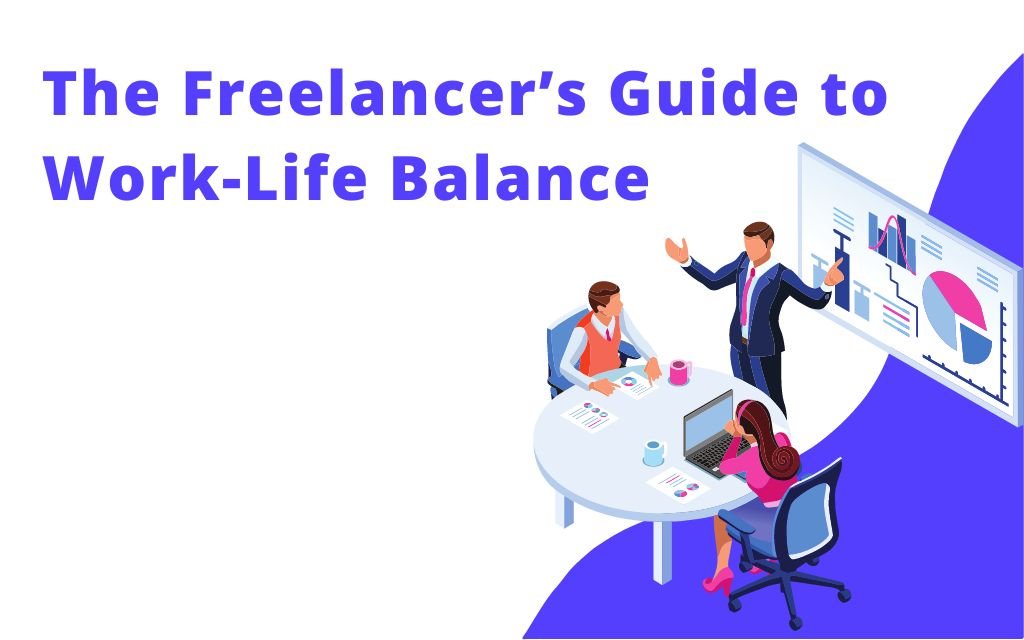One of the most common and challenging questions that freelancers face is how to set their rates and prices for their services. As a freelancer, you have the freedom and flexibility to decide how much you want to charge, but you also need to consider your value, your market, your expenses, and your goals. In this article, we will share some strategies, tactics, and mistakes to avoid when setting your rates and pricing as a freelancer.
Why Is Setting Rates and Pricing Important for Freelancers?
Setting rates and pricing is a crucial part of freelancing because it affects your income, your reputation, your satisfaction, and your clients’ expectations. Some of the reasons why setting rates and pricing is important for freelancers are:
- It helps you earn what you deserve based on your skills, experience, quality, and value.
- It helps you attract and retain clients who appreciate your work and are willing to pay for it.
- It helps you cover your personal and business expenses and save for your future.
- It helps you communicate your professionalism and confidence to your clients and prospects.
- It helps you avoid undercharging or overcharging, which can harm your reputation and relationships.
How to Set Your Rates and Pricing as a Freelancer
There is no one-size-fits-all formula or method for setting your rates and pricing as a freelancer. However, there are some steps and factors that you can follow and consider to help you determine a fair and reasonable rate or price for your services. Here are some of them:
- Research the market rates for your niche and industry. You can use websites like Upwork , Fiverr , Glassdoor , or Freelancer’s Union to find out the average rates or prices that other freelancers charge for similar services in your niche and industry. You can also ask other freelancers in your network or online communities about their rates or prices. This will help you get a sense of the range and standard of the market rates and prices for your services.
- Calculate your minimum acceptable rate (MAR). Your MAR is the lowest rate or price that you are willing to accept for your services. It should cover your personal and business expenses, taxes, savings, and profit margin. To calculate your MAR, you can use this formula: ((personal overheads + business overheads) / hours worked) + tax . For example, if your personal overheads are $2,000 per month, your business overheads are $500 per month, you work 160 hours per month, and your tax rate is 25%, then your MAR is: (($2,000 + $500) / 160) + 25% = $18.75 per hour.
- Consider your value proposition and differentiation. Your value proposition is the unique benefit or solution that you offer to your clients through your services. Your differentiation is what sets you apart from other freelancers who offer similar services. You can use these factors to justify charging higher or lower than the market rates or prices based on the value and quality that you deliver. For example, if you have more experience, skills, credentials, testimonials, or portfolio than other freelancers in your niche or industry, then you can charge higher than the market rates or prices because you offer more value and quality to your clients.
- Choose a pricing model that suits your services and goals. There are different pricing models that you can use to charge your clients for your services, such as hourly pricing , project-based pricing , value-based pricing , retainer pricing , or package pricing . Each pricing model has its advantages and disadvantages depending on the type, scope, complexity, duration, deliverables, and outcomes of your services. You should choose a pricing model that suits your services and goals best. For example, if you offer services that have clearly defined deliverables and outcomes, such as web design or mobile app development , then project-based pricing or value-based pricing may be more suitable than hourly pricing because they allow you to charge based on the result or value that you deliver rather than the time that you spend.
How to Negotiate Your Rates and Pricing with Clients
Negotiating your rates and pricing with clients can be intimidating and stressful for many freelancers. However, it is also an opportunity to showcase your professionalism, confidence, value proposition , differentiation , communication skills , problem-solving skills , and rapport-building skills . Here are some tips and best practices to help you negotiate your rates and pricing with clients effectively:
- Do your homework. Before you enter a negotiation, you should do your research on the client, their needs, their budget, their expectations, their industry, their competitors, and their goals. This will help you understand their perspective, pain points, challenges, and opportunities, and tailor your proposal and pitch accordingly.
- Be confident and assertive. You should be confident and assertive in presenting your rates and prices to your clients. You should explain how you arrived at your rates and prices, how they reflect your value proposition and differentiation , and how they align with the market rates and prices. You should also be prepared to answer any questions or objections that your clients may have and provide evidence or examples to support your claims.
- Be flexible and creative. You should be flexible and creative in finding a win-win solution for both you and your client. You should be open to compromise and negotiation, but not at the expense of your value or quality. You should also be creative in offering alternatives or incentives that can add value or benefit to your client without lowering your rates or prices. For example, you can offer a discount for a longer-term contract, a referral bonus for bringing new clients, or a free consultation for a future project.
- Be respectful and professional. You should be respectful and professional in dealing with your clients throughout the negotiation process. You should listen actively to their needs, concerns, feedback, and suggestions, and respond politely and constructively. You should also avoid being defensive, aggressive, or emotional, and maintain a positive and friendly tone. You should also respect your client’s time and deadlines, and follow up promptly and courteously.
Mistakes to Avoid When Setting Rates and Pricing as a Freelancer
Setting rates and pricing as a freelancer can be tricky and complex, but it can also be rewarding and satisfying if done right. However, there are some common mistakes that freelancers make when setting their rates and pricing that can hurt their income, reputation, satisfaction, and client relationships. Here are some of them:
- Undercharging or overcharging. Undercharging or overcharging can have negative consequences for both you and your client. If you undercharge, you may not earn enough to cover your expenses, save for your future, or grow your business. You may also undervalue yourself and your services, lose credibility and respect from your clients, or attract low-quality clients who don’t appreciate your work. If you overcharge, you may lose projects to other freelancers who offer lower rates or prices, or disappoint your clients who expect more value or quality from you.
- Not tracking your time or expenses. Not tracking your time or expenses can lead to inaccurate or inconsistent rates or prices for your services. If you don’t track your time or expenses, you may not know how much time or money you spend on each project or client, how profitable each project or client is, or how to optimize your productivity or efficiency. You may also end up underestimating or overestimating your rates or prices based on guesswork or assumptions rather than facts or data.
- Not reviewing or adjusting your rates or prices regularly. Not reviewing or adjusting your rates or prices regularly can result in outdated or irrelevant rates or prices for your services. If you don’t review or adjust your rates or prices regularly, you may not keep up with the changes in the market demand , supply , competition , inflation , costs , value , quality , etc., that affect your rates or prices. You may also miss out on opportunities to increase your income , improve your skills , expand your services , attract new clients , etc., by charging higher or lower rates or prices based on the current situation.
Conclusion
Setting rates and pricing as a freelancer is not an easy task, but it is also not impossible. By following the steps and factors discussed in this article, you can set fair and reasonable rates or prices for your services that reflect your value proposition , differentiation , market rates , expenses , goals , etc. You can also negotiate your rates and pricing with clients effectively by being confident , assertive , flexible , creative , respectful , professional , etc. You can also avoid common mistakes that freelancers make when setting their rates and pricing by not undercharging , overcharging , not tracking , not reviewing , not adjusting , etc.




